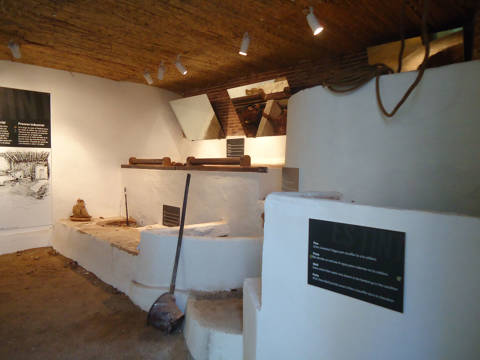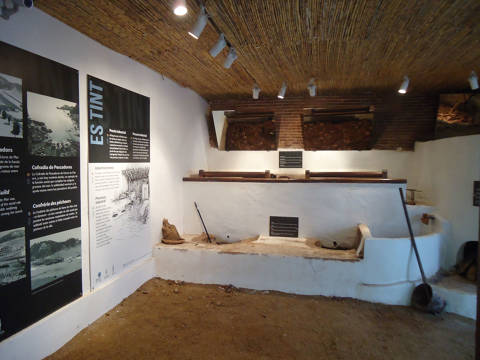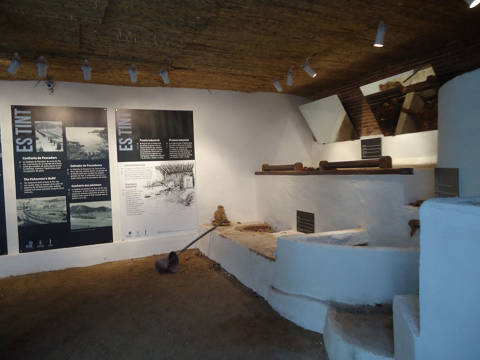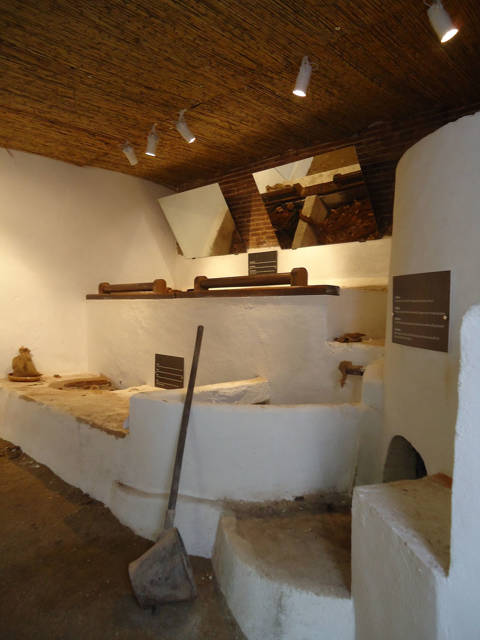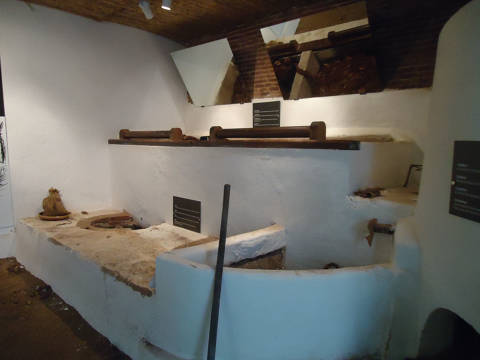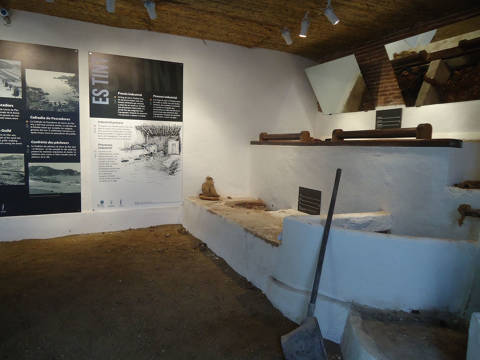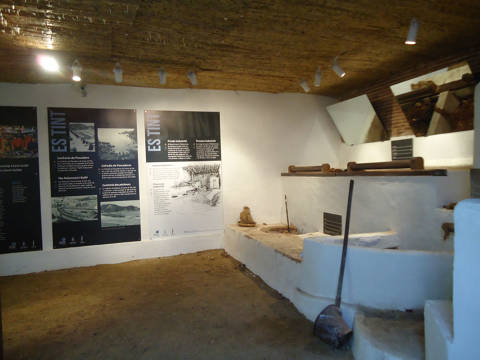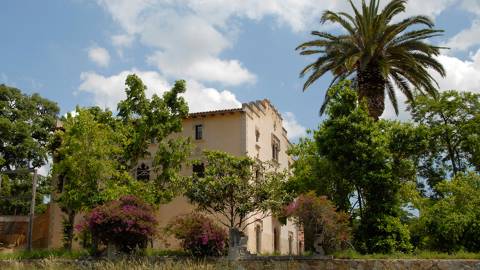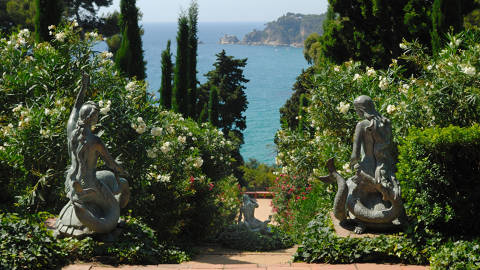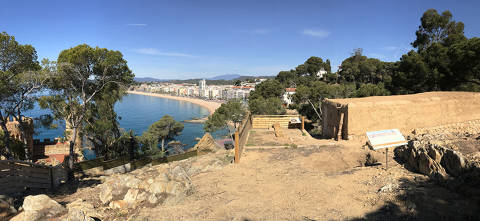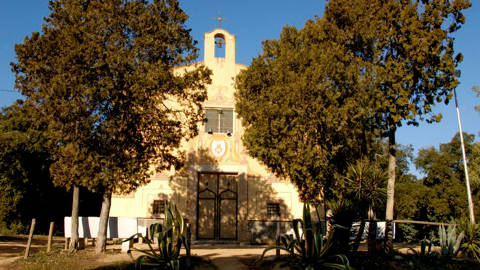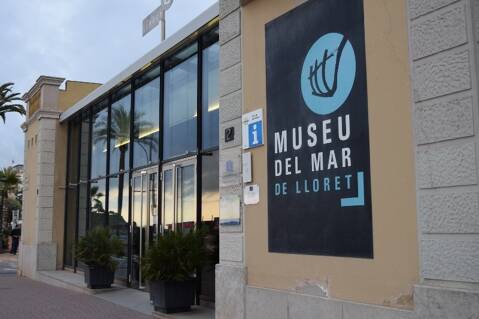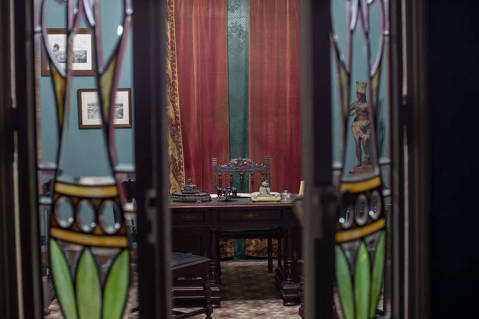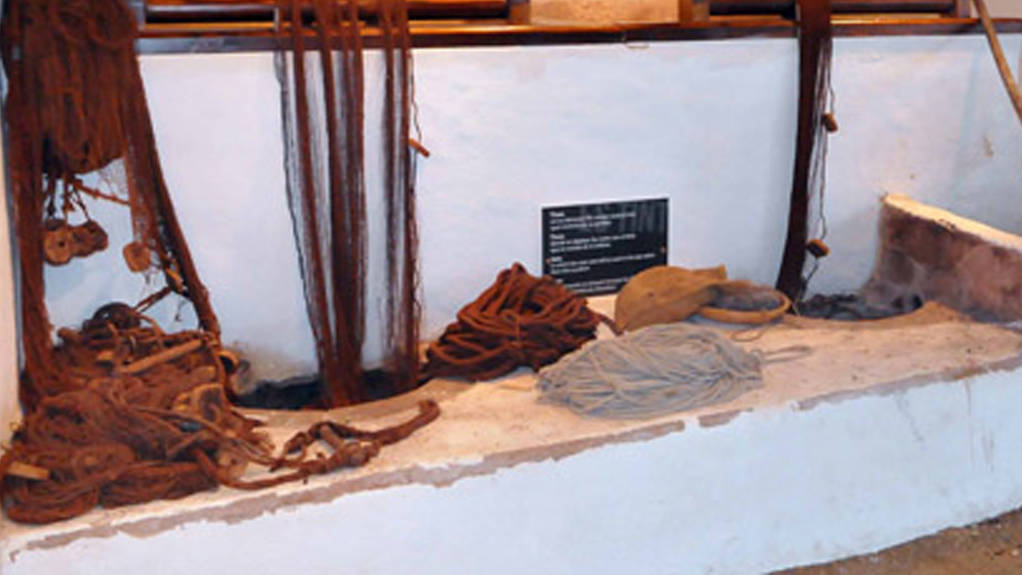
Seafaring heritage
Es Tint
The building in which Es Tint is located is home to the Lloret de Mar Fishermen’s Guild. Up until the 1960s, Lloret’s fishermen would go there to dye their nets, using a liquid produced by boiling water with pine bark. This was when nets were made of hemp, esparto and, later on, cotton.
The nets were dyed by means of an ancient technique used throughout the Mediterranean, consisting of soaking the nets in the liquid previously boiled in the cauldron until they were well impregnated. They were then wrung and put out to dry on the beach. The dye served both to increase the durability of the nets and to camouflage them in the sea. The emergence of nylon nets signalled the end of this small industry, which depended on the Fishermen’s Guild, and the building fell into disuse. In the past, every coastal town had premises of this kind for dyeing nets, normally run by the local fisherman’s guild. Not many survive today; on the Costa Brava only the Sa Perola building in Calella de Palafrugell and Es Tint in Lloret de Mar remain. Through the restoration of this small building, the Fishermen’s Guild and Lloret de Mar City Council have taken another step towards recovering Lloret’s seafaring heritage.


